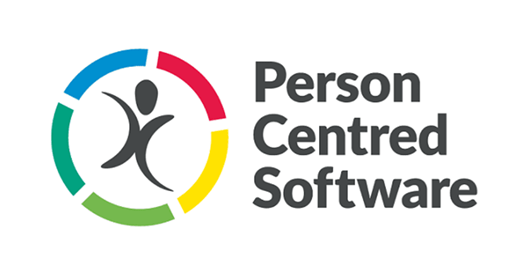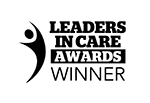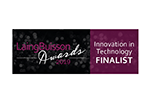Empowering people to reach their full potential
Those with dyslexia are often unfairly labelled as unintelligent despite the reality being quite the opposite. Many well-known individuals with dyslexia have not only overcome their challenges but have also excelled in various industries, leaving a lasting impact on the world.

These individuals come from diverse fields, such as science, entertainment, business, and art. Some prominent figures include Steve Jobs, renowned for co-founding the technology giant Apple Inc.; Albert Einstein, a globally acclaimed theoretical physicist; Steven Spielberg, one of Hollywood's most celebrated directors and one of the wealthiest filmmakers; Leonardo da Vinci, widely recognised as a painter, engineer, architect, inventor, and student of all things scientific, and many others who have defied stereotypes and achieved greatness.
According to the British Dyslexia Association (BDA), the voice for the 10% of the population that are dyslexic, 1 in ten people have dyslexia, which equates to around 6.7 million people in the UK.
What is dyslexia?
The British Dyslexia Association defines dyslexia as a specific learning difficulty that primarily affects reading and writing skills but also impacts other areas.

Dyslexia is actually about information processing. Dyslexic people may have difficulty processing and remembering information they see and hear, which can affect learning and the acquisition of literacy skills. Additionally, dyslexia can affect organisational skills and, in some cases, the ability to express thoughts properly.
As a result, dyslexic employees often have to work much harder than their non-dyslexic peers to meet the requirements of their jobs due to the challenges they face.
There are common traits associated with dyslexia, but it's important to understand that it affects everyone differently. Each individual will have their own unique strengths and challenges.
How can care providers support dyslexic employees?
At present, statistics regarding the prevalence of dyslexia among care professionals are not available.

Nevertheless, drawing from data provided by the British Dyslexia Association, we can only conclude that approximately one in ten care professionals may have dyslexia. This insight sheds light on the potential impact of dyslexia within the care profession. It underscores the importance of understanding and accommodating diverse learning and communication styles among professionals in this field.

Reasonable adjustments for care workers
By law, employers need to make reasonable adjustments for those with dyslexia.
Reasonable adjustments are steps taken to help individuals maximise their strengths and minimise the challenges they might experience due to their dyslexia. These adjustments will vary according to the needs of the employee and the job role. For example, some possible adjustments include:
- Ensuring job application forms are compatible with assistive technology software
- Using sans serif fonts
- Providing assistive technologies like speech-to-text software
- Allowing extra time for tasks involving processing lengthy documents
- Allowing recording of meetings or instructions rather than taking notes
- Positioning the employee's desk in a quieter area or allowing home-working if they need to avoid distractions
- Reallocating duties that may be particularly challenging for the employee
Any adjustments should be discussed with the employee and reviewed regularly to ensure they are effective.
How Person Centred Software supports care workers with dyslexia
Our digital social care record system, mCare, was designed with dyslexia in mind!

mCare's icon-driven care notes feature allows carers of any digital skill level to quickly and easily use the software. The icons are central to the Care Delivery App's design and are recognisable by users from all backgrounds and languages.
For example, if English is not the carers' first language, or they have dyslexia, they can click on the icons that write the care notes for them (which the carer can add to if they wish), meaning evidencing care notes becomes much faster.
The system is easy to learn and quick to use, and it saves time writing care notes at the point of care.
Icon-driven care notes
Discover how our icon-driven care notes feature works and how it's leading the way for person-centred care!





.jpg)

.webp?width=80&height=80&name=HTD%20Awards%202023%20Badge%20(4).webp)














